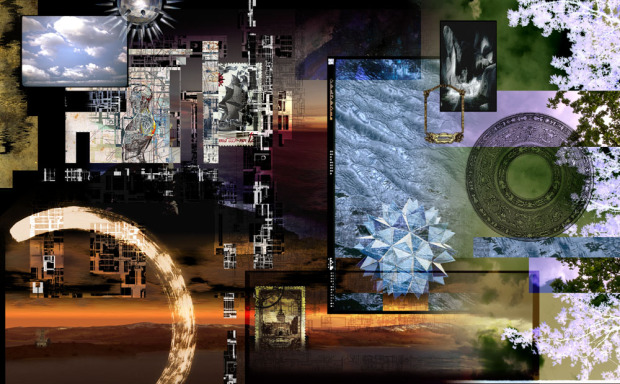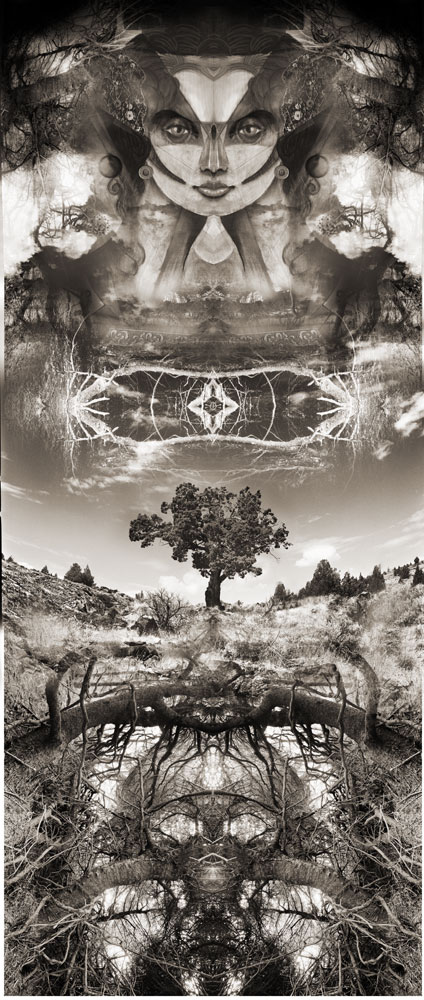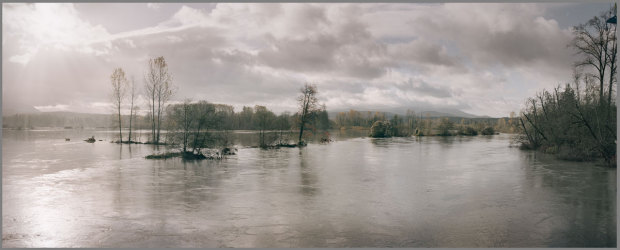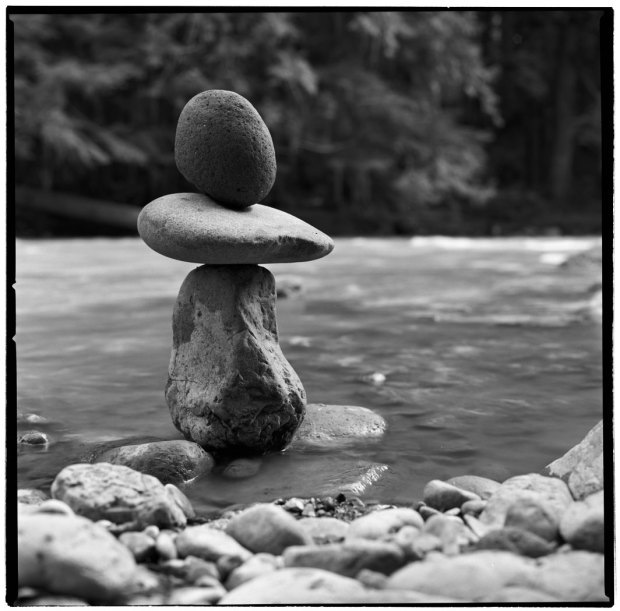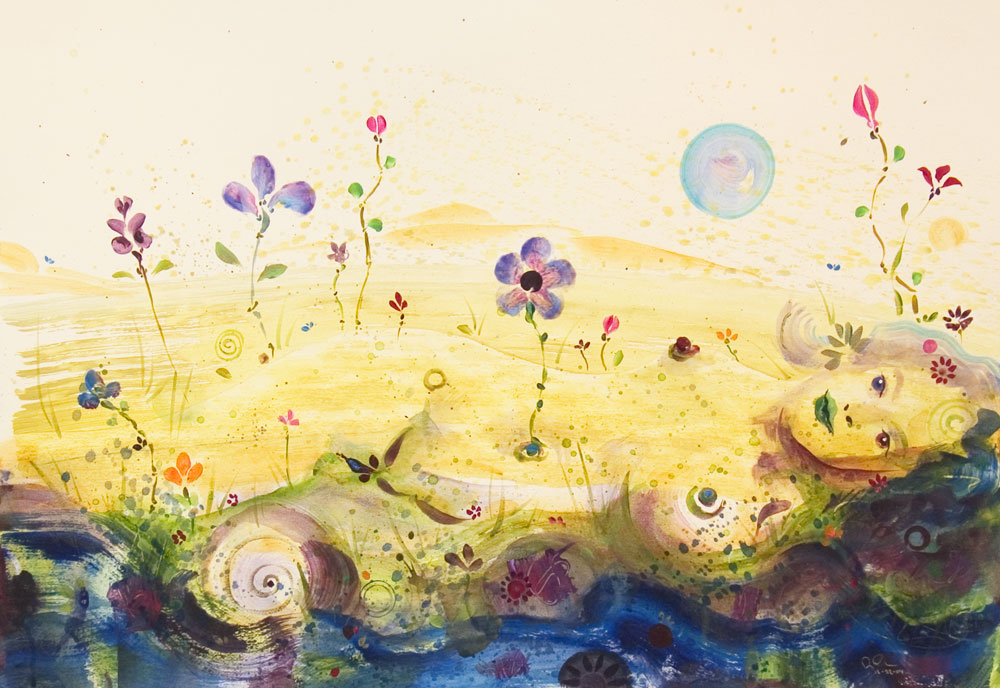Patrick's Point • Surprise Valley
 Thursday, May 10, 2007 at 10:07PM
Thursday, May 10, 2007 at 10:07PM Two Photographic Landscapes: The Mystery Connection
Two more images from the summer 2006 road trip. There is a connection between them, can any body tell me what it is?

I took this photograph at the upper end of Surprise Valley in extreame North East California; It is the last image taken on that day. Earlier, I had been driving north on 395 and decided to explore the next valley east and followed 299 across the Warner Mountains to a sort of lost world in the form of Surprise valley. This humble desert basin boasts big alfalfa production and Cedarville had a sort of budding art colony feeling. I followed a road that headed north along the shore of Upper Lake and passed through declining towns and abandoned farms shrouded in vines and trees, the bare wood striped of paint by the wind but preserved in the dry air. I'm still kicking myself for not stopping to take a picture, which is probably why these haunted structures still haunt my imagination. But of course if I had stopped, then my timing for the evening would have been altered and I would not have been able to take the picture you see in this blog, at this precise moment. By the time I would have arrived at this spot, darkness would have fallen, the rainstorm long since passed on unseen. Fate is a strange mistress.
The Warner mountains provide snow melt and water shed to the lake which, I believe evaporates all its moisture to the desert. By the time I reached the location for this picture the last gasp of day light was playing off this distant rainstorm. As so often happens in the desert, you can see the rain falling but not get any near you. I remember when I took the picture feeling the image was a little flat but knew I would be able to pull out the latent drama in the scene. Very happy with how this one turned out. I'll have to go back some day and get images of those abandoned farmhouses.
Next we'll head west to Patrick's Point on the California Coast. I took this one while headed south about a week earlier. The pictures that made up this panorama were some of the first taken of the day. I was driving south on 101 before sunrise and saw a sign for 'Patrick's point', a dull looking road like hundreds of others you see on the interstate. I almost drove right past but decided to check it out. Wow, these coastal headlands form a beautiful seaside landscape. I grabbed several Panoramas on this rather pristine and peaceful morning.
If you figure out the connection between these two images, post a comment and let me know.
 Photography
Photography 
